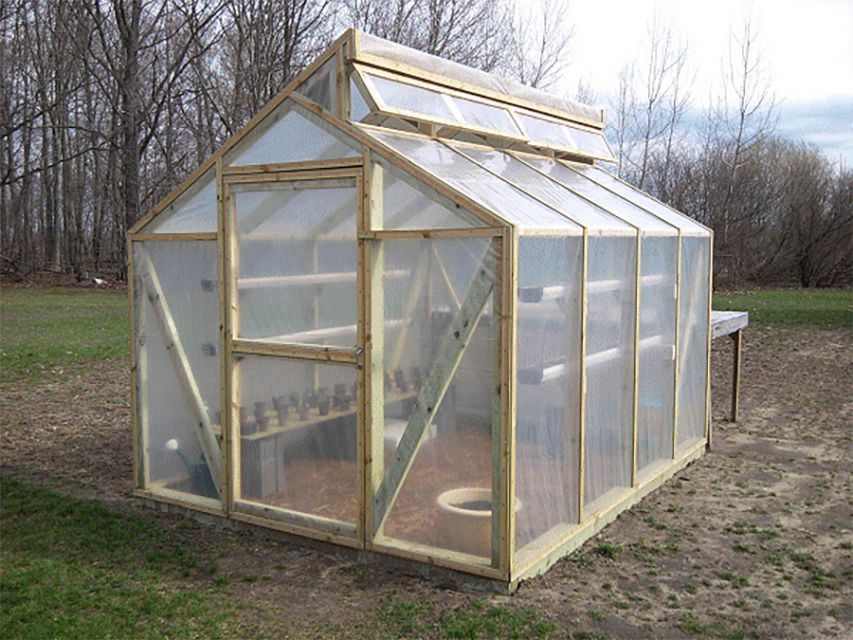How to Determine the Right Cleaning Schedule for Dry Storage Areas in Food Operations
Understanding the Importance of Dry Storage Area Cleaning
Maintaining a clean and organized dry storage area is a fundamental requirement in any food operation. A well-kept storage space not only upholds food safety standards but also prevents pest infestations, cross-contamination, and spoilage. If a food worker is uncertain about when the dry storage area needs to be cleaned, it’s crucial to develop a practical, regulatory-compliant cleaning schedule. This article provides actionable strategies, regulatory context, and step-by-step guidance for establishing and maintaining a robust cleaning routine.
Regulatory Guidelines and Best Practices
Food safety regulations do not always specify a fixed frequency for cleaning non-food-contact surfaces like dry storage shelves and floors. Instead, the expectation is that these areas must be kept
clean, orderly, and free of debris
to prevent contamination and pest problems. According to the
Ohio Administrative Code
and local health departments, non-food-contact surfaces should be cleaned as often as necessary to remain free from dust, dirt, spilled food, or other residues
[3]
. This commonly means establishing a routine cleaning schedule that is
tailored to the unique needs and conditions of your operation
.
For food-contact surfaces and utensils, regulations are more defined, often requiring cleaning and sanitizing at set intervals or after specific events (such as switching between raw and ready-to-eat foods) [1] . However, for dry storage-which primarily involves non-food-contact surfaces-the interval is based on visible cleanliness and operational needs.

Source: wallpapers.com
How to Establish a Cleaning Schedule
If you’re unsure when to clean your dry storage area, consider the following steps:
1. Evaluate Your Facility’s Needs
Assess the volume of inventory turnover, frequency of deliveries, and the general condition of the storage environment. High-traffic facilities or those prone to spills will require more frequent cleaning. For smaller or less active storage areas, a less frequent schedule may suffice, provided the area remains clean and free from hazards [5] .
2. Develop a Written Cleaning Schedule
To ensure consistency and accountability, create a cleaning schedule that clearly specifies:
- What: Shelves, floors, pallets, bins, and any surfaces where food or packaging is stored.
- When: Suggested intervals include sweeping and mopping floors weekly, wiping down shelves monthly, and cleaning up spills immediately.
- Who: Assign responsibility to specific staff members or roles to ensure accountability.
- How: Outline the cleaning process, including the types of cleaning agents and sanitizers approved for use.
Post this schedule in a visible area and incorporate it into staff training materials.

Source: wallpapers.com
3. Address Spills and Contamination Immediately
Regardless of the regular schedule, any spills-especially of food products-should be cleaned up immediately . This practice helps prevent cross-contamination, bacterial growth, and pest infestations [5] .
4. Rotate Stock and Clean as Part of Inventory Management
When rotating inventory (using First-In, First-Out or FIFO methods), take the opportunity to clean shelves and storage bins. This not only maintains cleanliness but also helps identify expired or damaged goods.
Examples of Effective Cleaning Schedules
Below are examples of practical cleaning schedules for dry storage areas:
- Daily: Sweep floors, check for spills, and clean up immediately as needed.
- Weekly: Mop floors, wipe down high-contact surfaces, and inspect for signs of pests or mold.
- Monthly: Deep clean shelves, move stock to clean underneath and behind pallets, and sanitize storage bins.
Adjust frequency based on your facility’s needs. For example, a busy kitchen receiving daily deliveries may require more frequent cleaning than a small café with limited storage turnover.
Step-by-Step Guidance for Food Workers
To implement an effective cleaning routine, follow these steps:
- Review Regulatory Requirements: Consult your local health department or food safety authority for any specific cleaning mandates.
- Assess Cleaning Needs: Walk through your dry storage area daily, looking for dirt, spills, or debris. Note any areas that require immediate attention.
- Assign Cleaning Tasks: Designate cleaning responsibilities to staff members and ensure they are trained on procedures and proper use of cleaning chemicals.
- Document Cleaning Activities: Keep a log of completed cleaning tasks. This record is valuable for inspections and helps demonstrate compliance.
- Evaluate and Adjust: Regularly review your cleaning schedule based on observed conditions, staff feedback, and inspection results.
If you are not sure how often to clean or what products to use, consult the manufacturer’s instructions for shelving and storage racks, or reach out to your local health department for guidance. If no guidelines are specified, adopt a schedule that ensures the area is always visibly clean and free from hazards .
Common Challenges and Solutions
Challenge: Staff are unclear about their cleaning duties. Solution: Post the cleaning schedule in the storage area and regularly review it during staff meetings. Provide hands-on training and refresher courses.
Challenge: Spills or leaks are not addressed promptly. Solution: Empower all staff to clean spills immediately, regardless of their primary role. Stock cleaning supplies in accessible locations within or near the dry storage area.
Challenge: Evidence of pests or mold appears. Solution: Increase cleaning frequency, focus on removing food residues, and coordinate with a pest control professional if needed. Ensure food items are stored off the floor and away from walls to allow thorough cleaning and inspection.
Alternative Approaches to Maintaining Storage Cleanliness
Some operations may choose to implement more advanced solutions such as digital cleaning logs, automated reminders, or scheduled deep-cleaning with external janitorial services. Regardless of approach, the key is maintaining a standard where all surfaces are clean to sight and touch and where records can be produced for inspections [3] .
Key Takeaways for Food Workers
If you are not sure when the dry storage area should be cleaned, remember:
- There is no universal schedule; cleaning should occur as often as needed to keep the area free from visible soil and contamination.
- Immediate cleaning of spills is required to prevent cross-contamination and pests.
- Written cleaning schedules and logs support consistency and compliance.
- Consult local health authorities or your supervisor if you need further guidance on specific cleaning requirements.
For more information, you can contact your local health department, search for “food safety cleaning schedules” on reputable food safety authority websites, or consult with your organization’s food safety manager for site-specific procedures.
References
MORE FROM hotondeals.com













